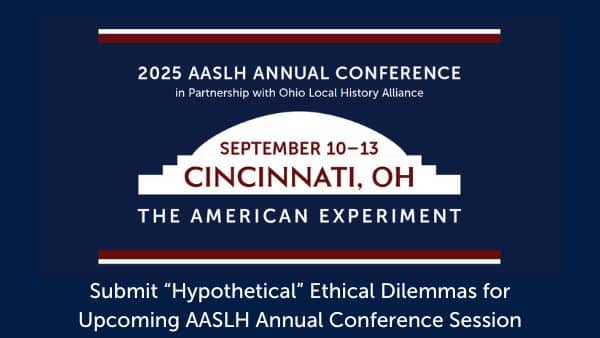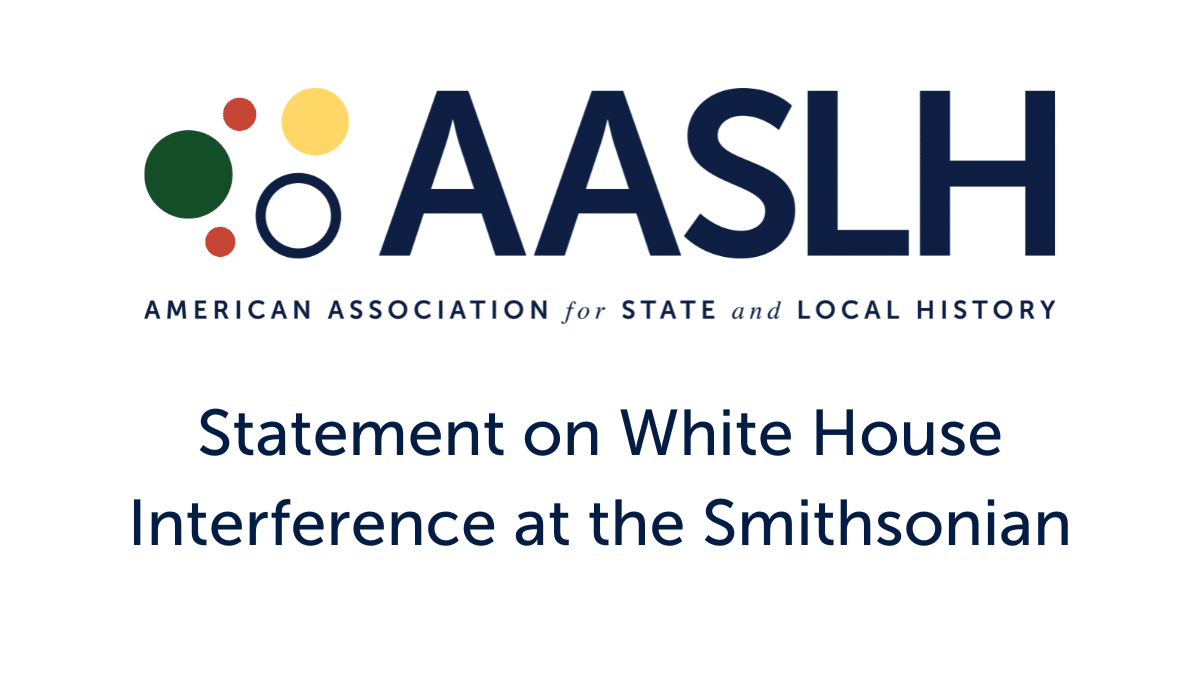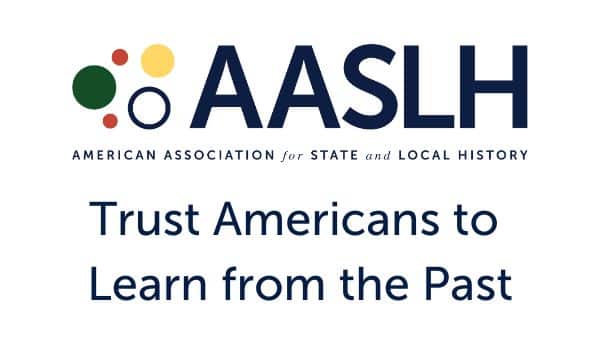
By Lori Osborne, Director, Frances Willard House Museum, Evanston, IL
It is always a pleasure to attend the AASLH Annual Meeting. I’ve been fortunate to attend several times, and now serve as a member of the Women’s History affinity community. I always learn so much and enjoy seeing colleagues who have become friends. But this year was different from previous years. I attended as the new director of the Frances Willard House Museum and I was fortunate to receive a Small Museums scholarship that covered most of my expenses.
Having this small museum in mind gave a special focus to my choices during the conference. Though I always enjoy grappling with larger issues in the history field, this year I wanted to come home with some concrete ideas that I could use right away. I was looking for specific tips on how to improve our operations and grow my own leadership skills.
I found lots of food for thought in the sessions I attended, and here are some of my takeaways:
We need to be better at collecting visitor data and asking visitors for feedback. In order to develop new audiences and create attractive programming, we need to understand who our current audience is and how our programs are doing. We also need to solicit feedback on future ideas. And, I need to shift my thinking to move through a cycle – investigation, reflection, implementation, and improvement – and repeat. I came home and made a few simple changes to our museum – including adding a zip code column to our tour sign-in sheet. I’m asking our desk staff to ask each visitor how they heard about us – and write it down. I also implemented our tour survey, trained staff, and found a give-away as a thank you. Simple things, I know, but it is now on my mind and becoming part of our operations.

For fundraising and revenue needs, I grabbed a few quick suggestions from several sessions. These included: duplicating successful programs (don’t reinvent the wheel); exploring ways to partner with local organizations and businesses; and fulfilling our mission through means other than programs. We need to always focus on creating a big impact, especially with things that also involve lots of effort. No reason to take on something that takes a lot of effort and produces low impact. I also loved the idea that we should spend some time thinking about the “spirit of place” and ways we can make our mission align with what we can see and feel at our site. Finally, in order to build true sustainability, we need to get our community engaged – they will want to support what they imagined and created.
There were several sessions where more difficult issues and ways to encourage productive conversations around controversial histories were outlined and discussed. My connection to several projects related to the upcoming 2020 women’s suffrage anniversary has led me to seek out best practices and ways to address the history of racism in the U.S. The session on how to talk about race at your museum was especially profound. A series of questions for museums to ask themselves was presented and one of the questions really stuck with me and still has me thinking – “How do we dismantle, rather than display, racism at our museums?” I will carry it with me in my museum work going forward.
Thank you to the Small Museums community and AASLH for making my conference attendance possible – and so productive!
For more about the Frances Willard House, visit www.franceswillardhouse.org. The house was Willard’s home from its construction in 1865 until her death in 1898. A wonderful example of Gothic Revival architecture, the house also served as the headquarters of the Woman’s Christian Temperance Union (WCTU), the organization that Willard led. The house has been a museum since 1900, making it one of the oldest women’s history sites in the country.



